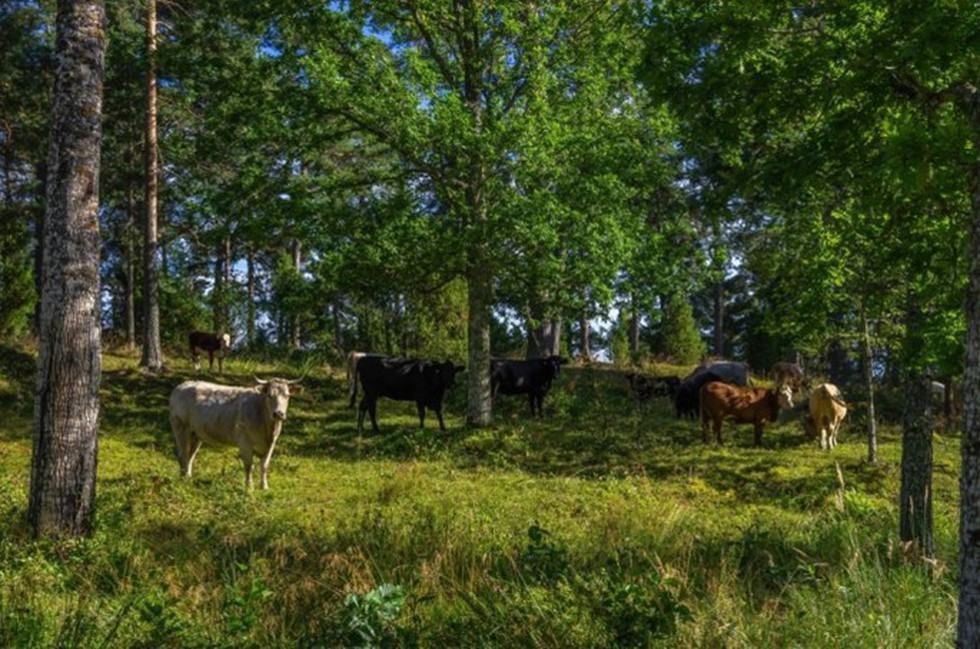About Silvopasture system:
- It is an ancient and proven practice that harmoniously integrates trees, forage and livestock on the same land.
- Advantages
- This system buffer against temperature and wind extremes, providing a favourable living environment for livestock.
- Carbon sinks: The trees on silvopasture lands act as natural carbon sinks, sequestering significantly five-10 times more carbon then pastures without trees, all while maintaining or enhancing productivity.
- Nutrient cycling: The extensive root systems of trees within silvopasture plots contribute to nutrient cycling, improved soil stability and quality, while effectively combating erosion.
- Also, this system combine trees and livestock on the same land, silvopasture can play a vital role in reversing the negative trend of deforestation for pasture land.
- It also regulates local climatic conditions, buffering against temperature and wind extremes, providing a favourable living environment for livestock.
- Soil infiltration rates in silvopasture systems surpass those of open pastures, enhancing water storage potential.
What is Nutrient cycling?
- The nutrient cycle is a system where energy and matter are transferred between living organisms and non-living parts of the environment.
- This occurs as animals and plants consume nutrients found in the soil, and these nutrients are then released back into the environment via death and decomposition.
- In forest environments, there is an exchange of nutrient elements such as hydrogen, nitrogen and oxygen among the soil, plants and animals living within the environment.
